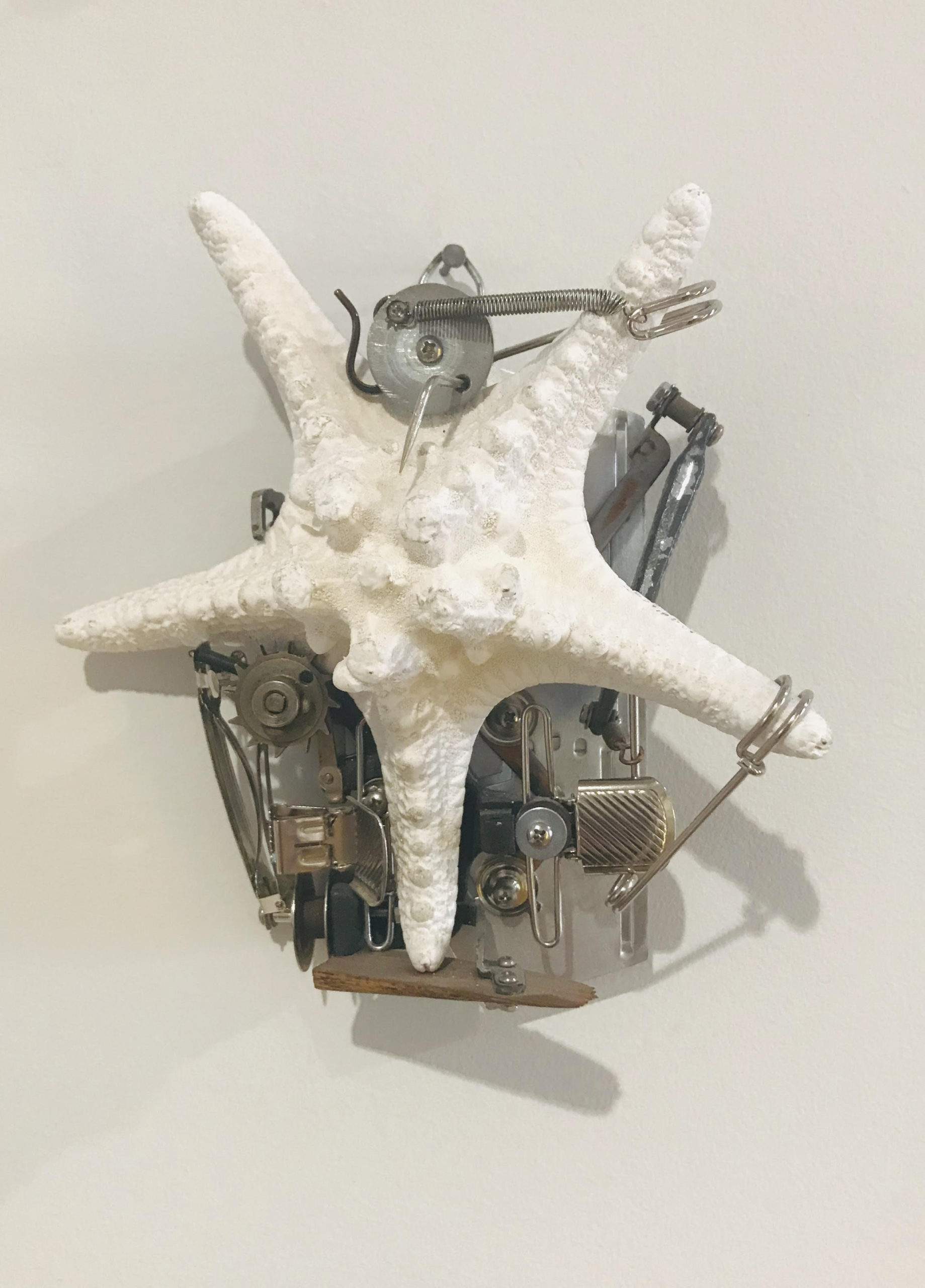
There are more than 1,500 different species of starfish. They can be found in tropical as well as polar waters, inhabiting both the shoreline and depths of up to 20,000 ft.
My family lived on an island in the Puget Sound, and our home sat adjacent to a waterfront park with a public dock. Our daily ritual involved running our dog at the park and afterward strolling to the end of the dock to inspect the boats and catch a glimpse of the Seattle skyline. The dock and rocky beach were full of colorful starfish. In some areas of the Pacific Northwest starfish reproduce so rapidly they are considered an invasive species. One day we noticed that all the starfish had disappeared. It was startling and disturbing.
We later learned this was caused by bacteria that spread due to warming waters. The bacteria cause wasting disease – starfish literally fall apart and disintegrate. Unfortunately, it is not only the starfish that die: Their absence damages the bio-diversity they nurture. What we experienced was a part of a massive die-off that stretched from Mexico to Alaska. Most of the damage was not visible from our dock and reached to depths of 1,000 feet below the surface.
This personal experience makes the work of artist Ted Chapin so powerful. Trained as an architect—he holds a Master of Architecture degree from the University of Pennsylvania—Chapin made the work shown here in 2013, entitled Starfish Interrogation 1, in commemoration of the historic die-off. The work highlights the struggle and awkward, tortured relationship we have with the natural environment and the wilderness that lies hidden beneath the surface of the ocean.
